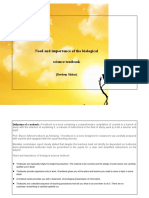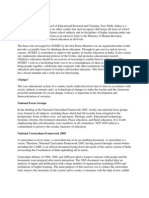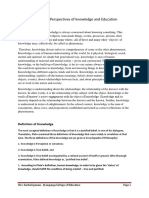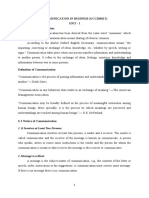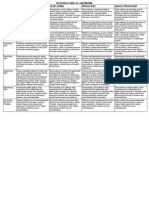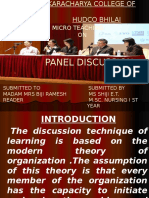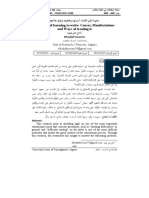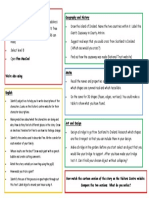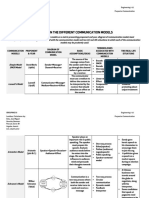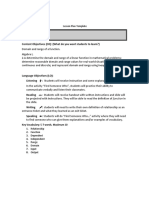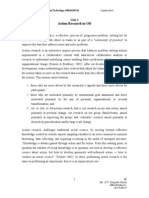83% found this document useful (12 votes)
65K views7 pagesCommunication Essentials for Students
Communication involves the transfer of information from a sender to a receiver. It is a process that allows people to share ideas, feelings, and understandings. Effective communication requires a message to be encoded by the sender and properly decoded by the receiver. There are various types of communication, including verbal communication (oral or written) and nonverbal communication (through gestures, facial expressions, eye contact, etc.). Barriers like noise, language differences, and psychological factors can interfere with successful communication.
Uploaded by
Manoj YadavCopyright
© © All Rights Reserved
We take content rights seriously. If you suspect this is your content, claim it here.
Available Formats
Download as PDF, TXT or read online on Scribd
83% found this document useful (12 votes)
65K views7 pagesCommunication Essentials for Students
Communication involves the transfer of information from a sender to a receiver. It is a process that allows people to share ideas, feelings, and understandings. Effective communication requires a message to be encoded by the sender and properly decoded by the receiver. There are various types of communication, including verbal communication (oral or written) and nonverbal communication (through gestures, facial expressions, eye contact, etc.). Barriers like noise, language differences, and psychological factors can interfere with successful communication.
Uploaded by
Manoj YadavCopyright
© © All Rights Reserved
We take content rights seriously. If you suspect this is your content, claim it here.
Available Formats
Download as PDF, TXT or read online on Scribd
/ 7


